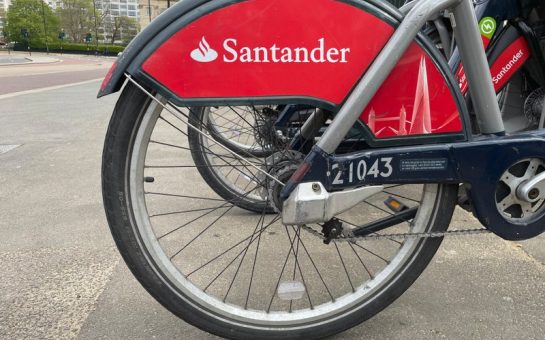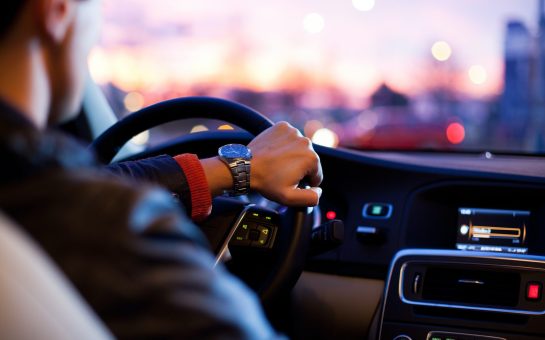Bradley Wiggins’ cycling accident proves it can really happen to anyone.

Bradley Wiggins, Tour De France Winner and four-time Olympic gold medallist, getting knocked off his bike this week proved that it could happen to anyone.
The two separate accidents suffered by Bradley Wiggins and British Cycling’s head coach Shane Sutton this week have caused a surge of media attention around whether enough is being done to promote cycle safety on Britain’s roads.
Cycle accidents occur day in, day out, on busy roads with more people hopping on their bikes due to the recession and the Olympic-initiated health kick. But when a famous figure is injured or involved in an accident in some way, the story escalates and brings with it an aftermath of safety precautions.
Back in the summer, Wiggins became the first Briton to win the Tour De France and signalled the start of London 2012 with the help of a massive bell. He won two golds and also managed to trigger a sideburn trend.
The Olympic time trail event went through my Surrey hometown and the prospect of witnessing Wiggins competing was exciting. I practised taking photos when other cyclists sped past in preparation. But when he came along, in all the Team GB excitement, I only managed to get a picture of trees while he had disappeared half way up the road.
So maybe this is one of the reasons why the accident is getting media coverage – people are concerned about one of their treasured Olympic heroes.
British Cycling is calling for the government to ensure cycle safety is put into the design of all new roads and junctions.
UK cycle deaths and serious injuries have risen from 2950 to 3210 over the past year, according to figures from UK Department of Transport.
Cycling can be dangerous pursuit, especially when anyone can take to a Boris bike in London these days and find themselves clueless on the relentless roads with no helmets in sight for the majority.
Just this morning I saw a woman cycle obliviously through a red light. It appears that not all cyclists know the rules of the road, unlike drivers who have to go through nerve-wracking theory and practical exam. A cycling test might not be essential but ensuring that all cyclists know what they’re getting themselves into on the roads definitely is.
However this is a two-way thing and drivers need to start respecting cyclists and vice versa.
Cyclists need to know their lanes and not go through red lights or cycle two abreast on a fast road. Drivers also need to respect cyclists by safely overtaking and checking blind spots before pulling out.
New safety additions or corrections to the road system may seem to combat the danger in theory. But that is still no use without a respectful relationship between cyclist (Lycra-clad or not) and driver.
Not a casual and uninterested one, but a marriage, so the rest of us might have some hope when cycling on hectic roads.
Follow us on @SW_Londoner




